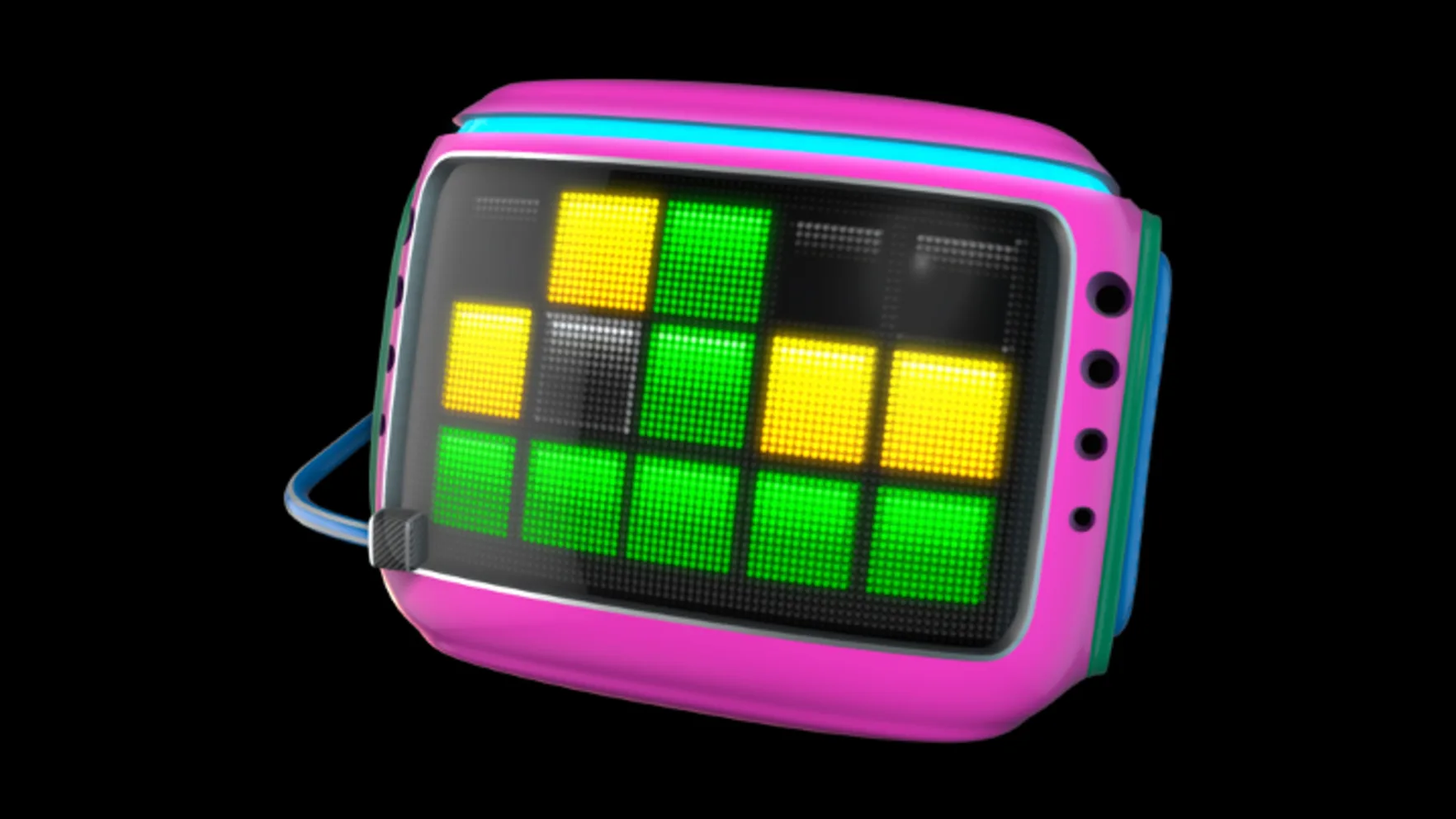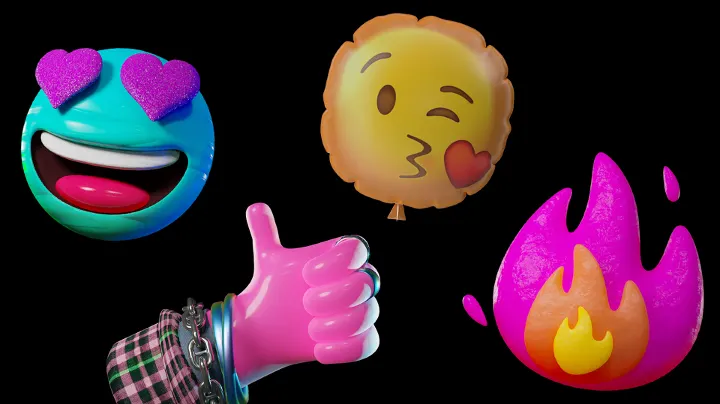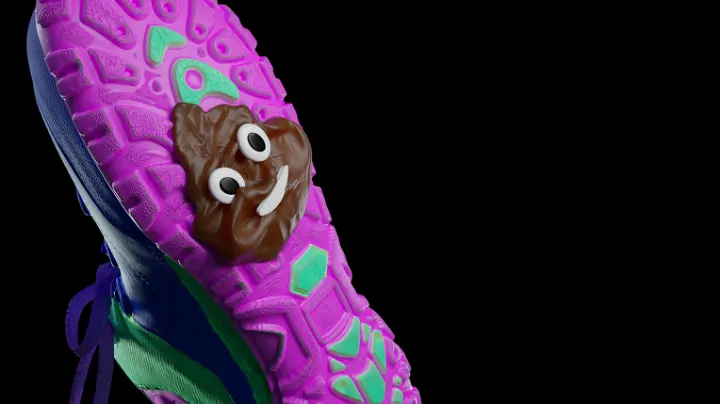
Overusing emoji can be a real 💩 time
Published 17 May 2022
Imagine if, every time you saw an emoji, you had to describe what it looked like. Quite the mouthful, right? That’s life for screen readers.
Emoji are everywhere and with good reason: they add a lot to how we talk online. They’re equal parts gesture, expression and joke.

Whether or not you use 😂 or 💀 when you're laughing says something about you[SK1] [ZC2] (and 😬 says a whole lot when words won’t do).
What’s in a name?
Fun fact about emoji: they all have names.
Emoji are defined by something called unicode. Computers deal in numbers – that means every letter and punctuation symbol you type has a number associated with it.
So the unicode number for 😍 is U+1F60D. But that’d be a nightmare to remember so it also has a name: Smiling Face with Heart-Eyes. A bit more literal. (Emojipedia lists the names for every emoji, if you want to know more of them.)
Now, you could go a long time without running into that. But screen readers sure do.
Read to me, Screeny
Look, this might seem obvious, but screen readers... read things on a screen. They take something visual and turn into something people can use and navigate without sight.
That includes text, of course, but they also work on pictures with image descriptions. For emoji, screen readers use the emoji’s name.
That’s where things can get complicated.
It takes a less than a second to see and understand an emoji – but it can take a lot longer to read out its name.
Let’s look at 😍 again. You know what it means straight away if you can see it. But it has long name – Smiling Face with Heart-Eyes. A few of them in a message would really throw things out of whack for a screen reader.
Things get even more discombobulated on social media.
Green squares everywhere
Take Wordle, for example. It was all the rage on Twitter earlier this year in part because of how people shared their scores: a collection of emoji blocks.
So, in Wordle, you get six chances to guess a five-letter word with colour-coded prompts to help you. A black letter means it’s not in the word, a yellow letter means it’s in the word but in the wrong spot, and green means you’re right.
People shared their results via emoji. That means people could be sharing up to 30 emoji in a 5 x 6 grid. A correct answer alone would mean five 🟩s.
A screen reader would have to read ‘Large Green Square’ five times in a row. Plus every other square on the road to those five green ones.
That’s, ah, a lot of squares. 🥴
Clapping Hands Sign, Party Popper

There’s a reason emoji are everywhere: they’re awesome. They add a lot to how we talk online.
At their best, they’re a simple way to add a human touch to an online world that can feel a bit distant at times.
But overusing emoji can work against that little spark of joy, especially for people using screen readers. Try and avoid going overboard with them.
After all, no-one wants to hear ‘Pile of Poo’ over and over (and over) again.